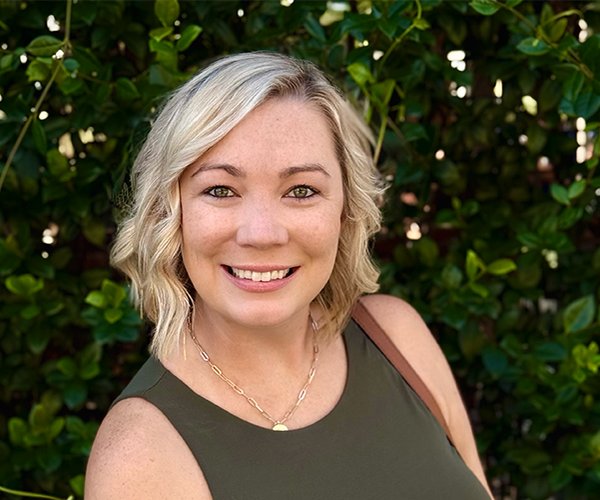Will your home grow with your family?
As Georgians age, it’s not just a question for new parents. Smart consumers choose houses that can accommodate a wide range of daily activities, visitors and physical changes. Homes designed for real life easily welcome wheelchairs, grocery carts, walkers, strollers and more.
What should smart homebuyers seek? The GeorgiaCares Lifelong Planning Program offers advice from Eleanor Smith, the founder of Concrete Change, a project of the Statewide Independent Living Council of Georgia. Smith is the pioneer behind “Visitability” — an international effort to ensure that all new homes have basic accessibility features which enable any resident or visitor to enter and exit the home and use at least one bathroom.
Q: Why should Visitability be important to consumers, and how can it help them in their daily lives?
A: A Visitable home permits a person with a mobility impairment to go to their grandchild’s birthday party, stay overnight at a best friend’s house in another city, and be socially connected rather than isolated in one’s own home. It’s also a major factor in being able to return home from the hospital after a fall, stroke, car accident or other mobility impairment.
People don’t have time to hire a contractor and get a house renovated during their short hospital stay, and that often sends individuals into nursing homes who otherwise — with some assistance — could have been at home.
Q: Is Visitability the same thing as Universal Design? What makes a home Visitable?
A: The three basic access features of Visitability — one entrance with zero steps, all interior doors with at least 32 inches of clear passage space and a bathroom on the main level — are also features of any home claiming to be universally designed. UD refers to a broad design philosophy of “design for all,” ranging from a public park to a house down to a vegetable peeler.
Visitability focuses solely on houses, with a goal of widespread change in how all new houses are constructed. Thus Visitability highlights the most essential features, the ones that permit a disabled person to visit others and that are also essential for returning home from the hospital after a mobility impairment occurs.
In contrast, there may be (as many as) 30 or 40 UD features in a home, from lowered cabinets to a side-opening oven to large print thermostat.
If a great many features are required (as in the case of full Universal Design), change doesn’t occur in the widespread way needed — in, for example, the hundred houses going up at the edge of any town or city.
Q: Is it expensive to build Visitable homes? Couldn’t a person just wait and add features as they’re needed?
A: The basic level of access involved in Visitability costs virtually nothing in a new home built on a concrete slab (the great majority of Georgia houses) and only a few hundred dollars with a basement.
In contrast, widening a single interior door typically costs $700, and renovating an entrance to be step-free typically costs $3,300. And those figures are for the relatively easy situations. Beyond that, if one considers visiting friends and extended family to be a need — which non-disabled people certainly do — the cost of removing barriers in the homes of others would be astronomical. What’s needed is a change in home construction habits so that putting in basic access becomes as routine as plumbing and electrical. This is actually occurring in a number of locales.
Q: What if a consumer wants to remain in his or her current home, but it’s not Visitable? How could a homeowner learn more about modifying an existing house?
A: One good Web source is www.homemods.org. Here in Georgia, you might contact the people at www.universaldesign.org
Q: Where can people find out more about Visitable homes?
A: Check out www.concretechange.org and www.easylivinghome.org.
For more information about preparing for life after 40, contact Deborah Gray at the GeorgiaCares Lifelong Planning Program, a statewide educational effort organized by the Georgia Department of Human Resources Division of Aging Services in cooperation with Area Agencies on Aging.
For free consumer education information, call the statewide GeorgiaCares hotline toll-free at 1-800-669-8387 ext.238 or visit www.PlanEarlyNow.org.








